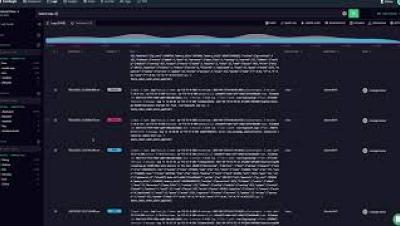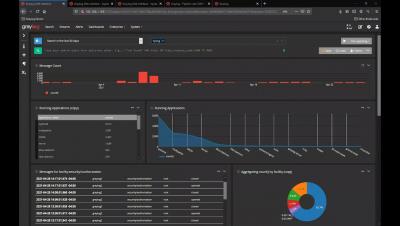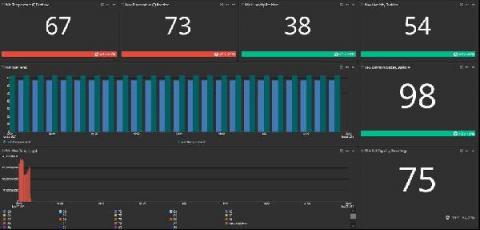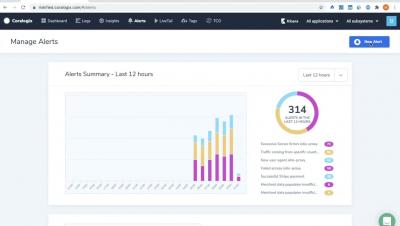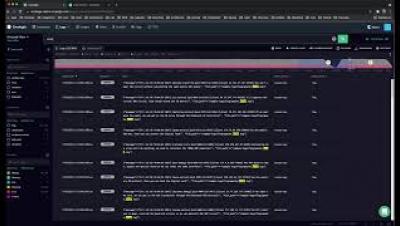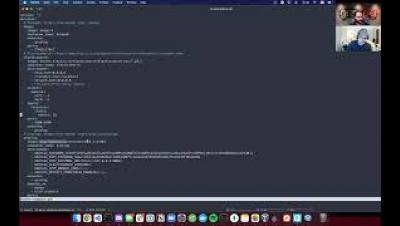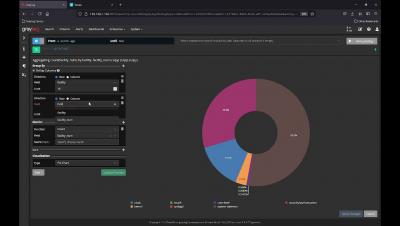Don't Let Account Takeovers (ATO) Take Over Your Business
A long time ago (in the early 2000s), I was playing games online. One of my accounts was compromised – the password was changed, and multiple “high-priced” items I had earned were “traded” without my knowledge, to the account of another player. One could easily blame my simple password at that time when there were no rules around password strength. Regardless of the reason, what happened was one of the earliest versions of an account takeover (ATO) attack.



